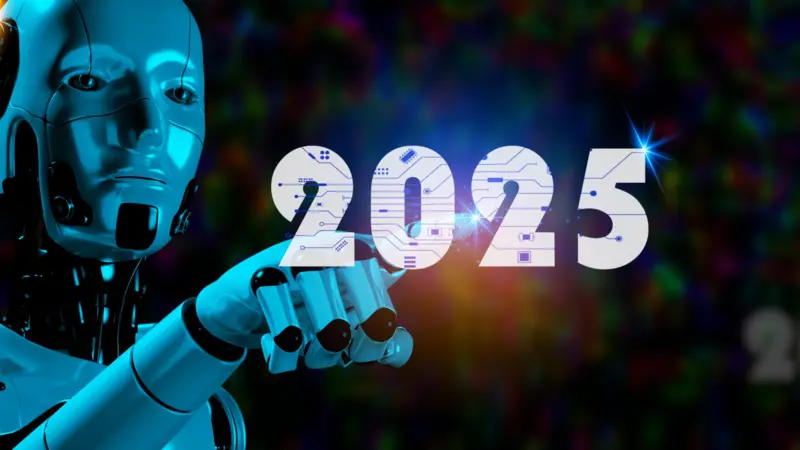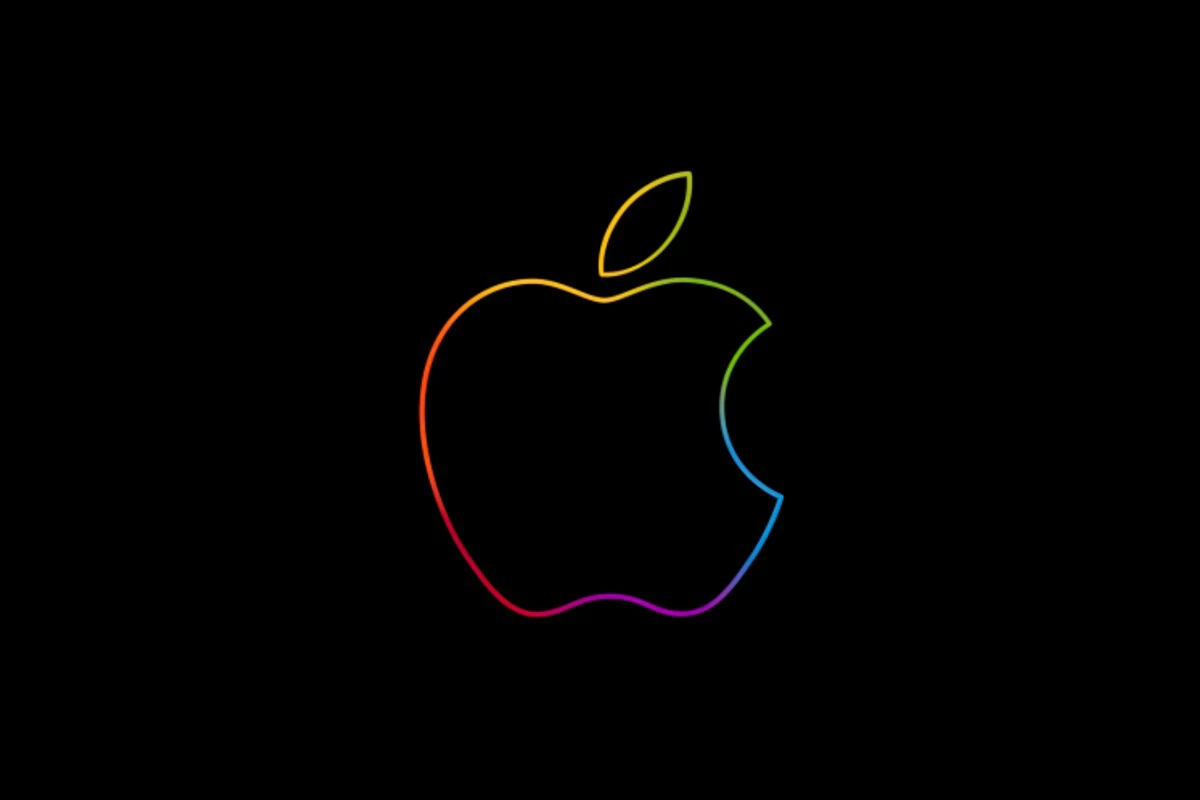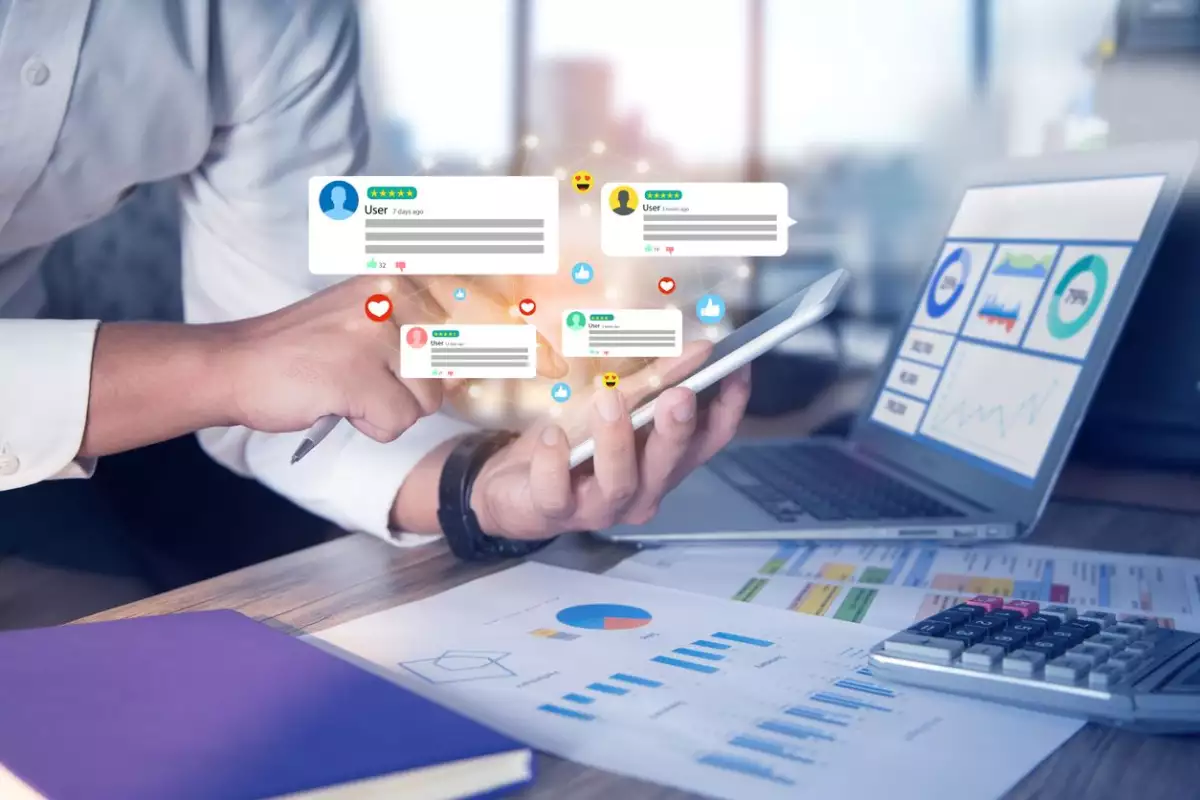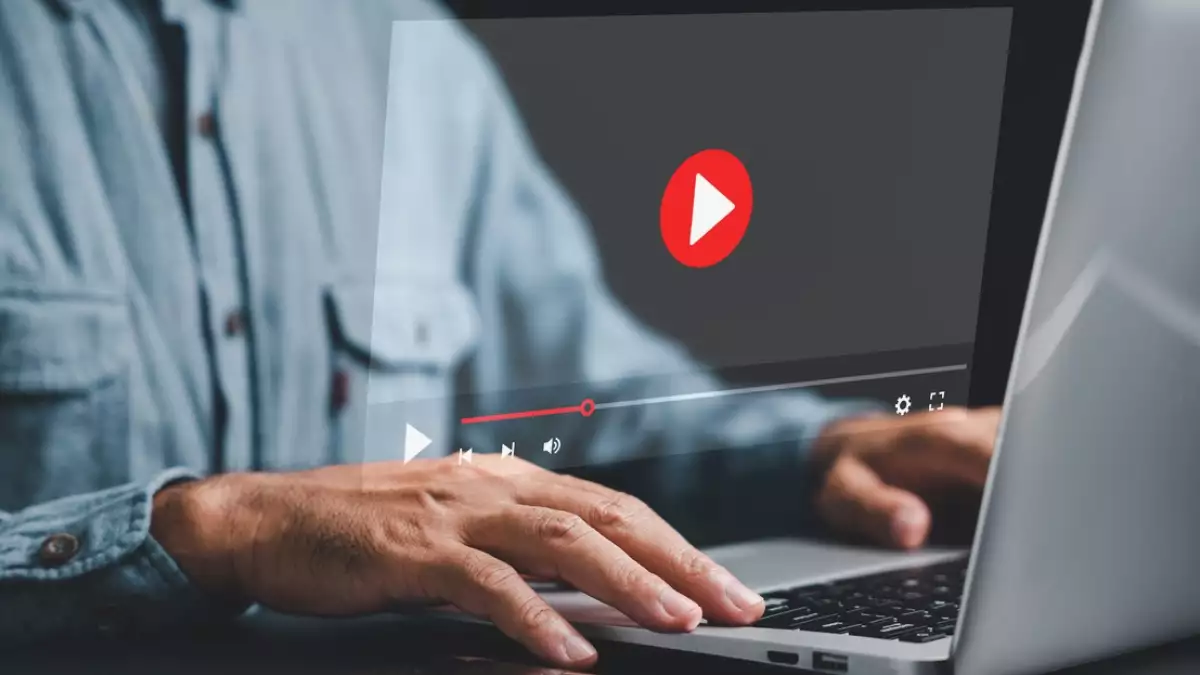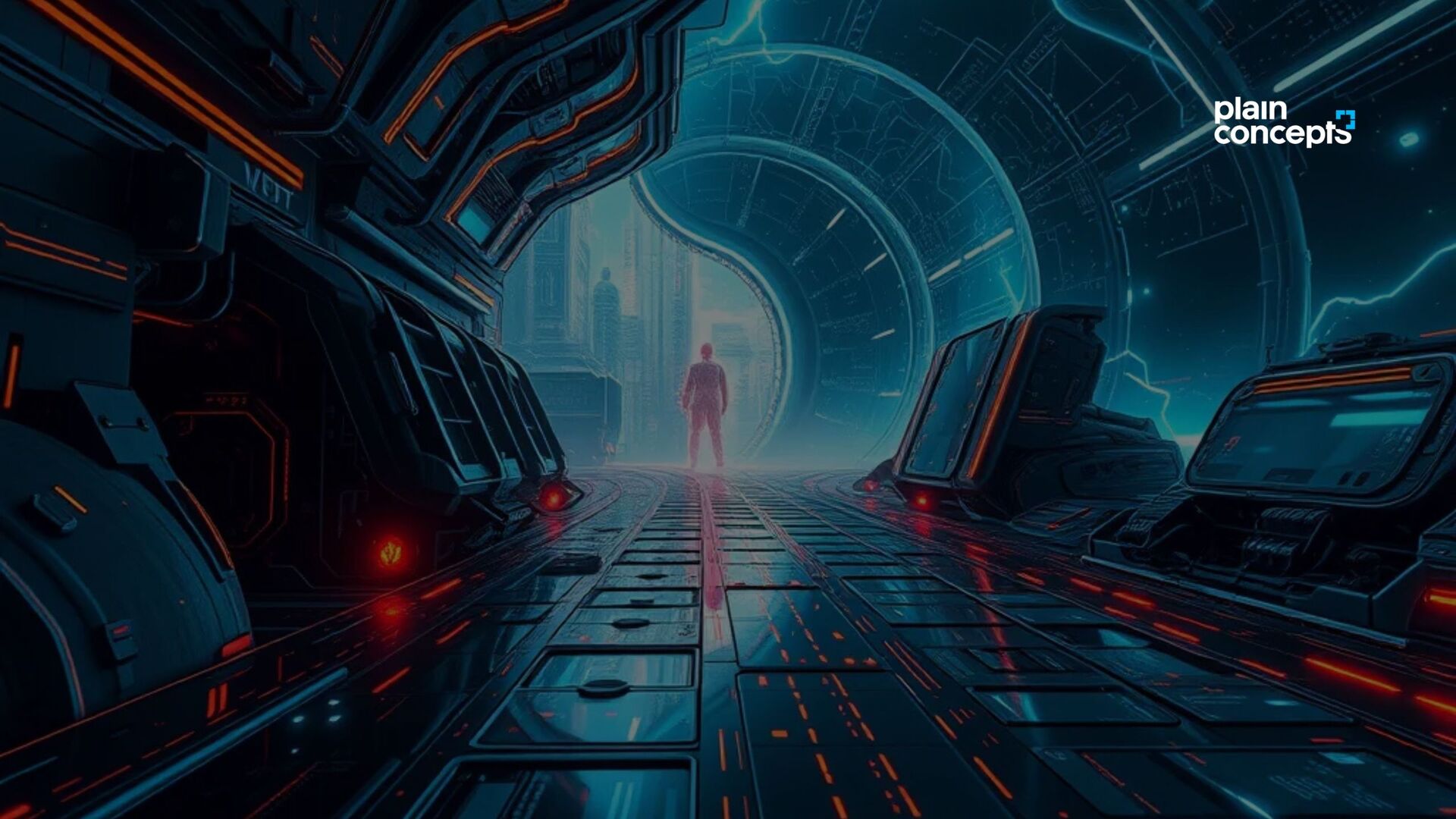
Technological trends that will revolutionize 2025
This year has marked a turning point on the path to digitalisation and technological advances. Developments in artificial intelligence, new approaches to security and ethical issues when applying new technologies are shaping the present and future of the global economy.
CIOs and senior IT executives face major challenges that change and transform at a dizzying pace, where the only way to maintain leadership is to have the ability to anticipate and be ready for what the future has in store for us.
According to Gartner, the technologies and technological innovations that will mark 2025 are divided into three large blocks: imperatives and risks of AI, new frontiers of computing and synergies between man and machine .
We review the most important technological trends that will set the course for 2025!
AI Agent
Artificial intelligence agents or agentic AI refers to software programs designed to make decisions and take actions autonomously to achieve specific objectives.
Its operation is based on the combination of various AI techniques that have functions such as memory, planning, environmental detection, use of tools and following security guidelines to carry out tasks that allow them to achieve objectives on their own.
This ability to act autonomously or semi-autonomously has the potential to help CIOs realize their vision of generative AI to boost productivity across the organization . Its most important use cases include empowering workers on more complicated technical projects, automating customer experiences, and improving insight and decision-making.
AI Governance Platforms
These platforms help manage and control AI systems, ensuring they are used responsibly and ethically. This ensures that models are trustworthy, transparent, fair and accountable, while also meeting safety and compliance standards.
As AI expands into more domains and industries, so do risks such as bias, privacy concerns, and the need to align with human values. It is therefore critical to ensure that AI does not harm or manipulate certain groups or markets.
They will help assess potential harm, guide models through governance processes to ensure all controls are followed throughout their lifecycle or monitor their performance, audit decision-making processes and ensure their operation is in compliance with regulations.
Quantum foundations and security
With the advances in quantum computing in recent months, now is the time to prepare to extract its maximum value, while mitigating its most pressing threats.
The advent of qubits allows quantum computers to perform calculations that traditional ones would take a long time to perform or would not be able to perform. Companies and governments around the world are investing millions in their development and, according to Qureca, the market is expected to reach $106 billion by 2040.
But this soon-to-be-a-reality breakthrough could render many conventional cryptographic methods obsolete, posing a risk to data security. This threat has accelerated the need to prepare for “Post-Quantum Cryptography,” which offers protection against quantum decryption.
This PQC refers to cryptographic methods to ensure security against potential threats from quantum computers, which can protect valuable intellectual property from cyber threats, prepare systems to protect sensitive data, or ensure that encrypted messages, contracts, and operational data cannot be intercepted or decrypted by quantum-enabled adversaries.
Climate technology
Technology designed to reduce or reverse to some extent the damage humans cause to the environment and reduce carbon emissions will be key by 2025.
In recent years, we have seen significant advances ranging from the increasing adoption of electric cars to advancements in carbon capture and storage.
Implementing energy-efficient computing , which minimizes energy consumption and carbon footprint, is going to become an upward trend. New computing technologies such as GPUs, neuromorphic computing or quantum computing will provide significant improvements in energy efficiency, which will be so necessary during the next decade.
This technology will allow us to reduce data centre costs and energy consumption, develop sustainable products and use intelligent energy management systems to reduce consumption in office networks.
Leave a comment:


Tranding News

